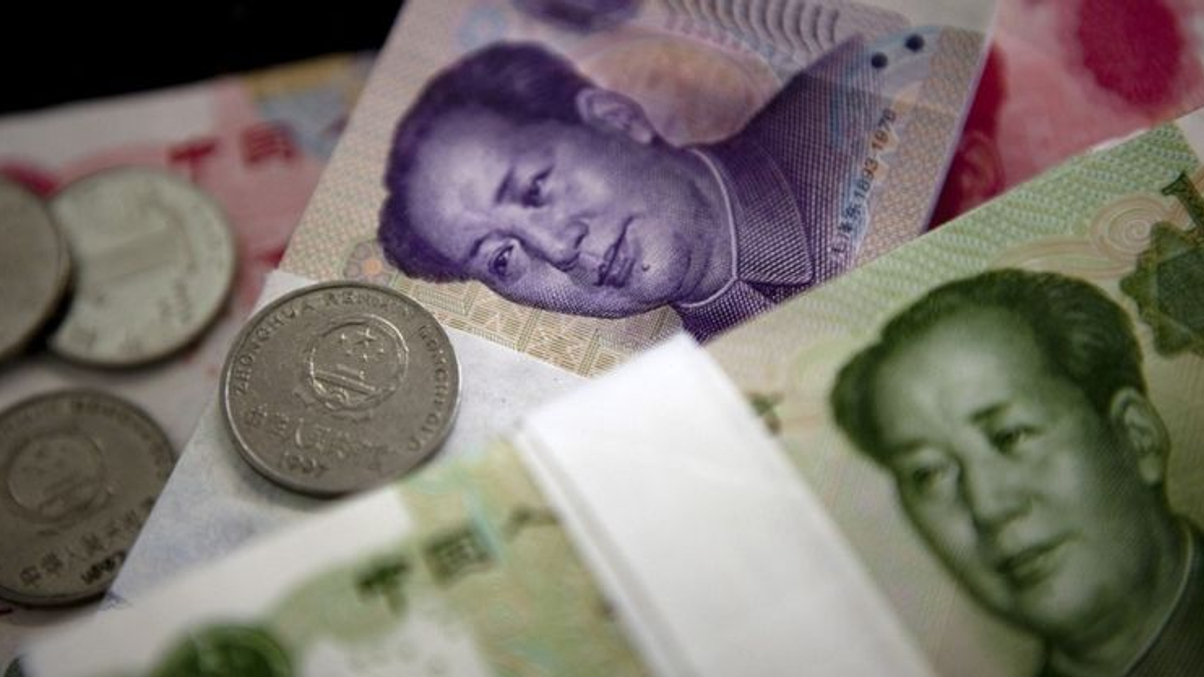Ex-NCSSF vice-chair’s pension ideas spark fierce debate
The former deputy chair of China's national pension fund proposes the return of an account-based structure in basic pension provision, but some pension experts are not convinced.

Searing reforms proposed by a former high-ranking board member of China's national pension fund manager have had a polarising effect on pension experts, with some welcoming the proposals and others deriding them.
Sign In to Your Account
Access Exclusive AsianInvestor Content!
Please sign in to your subscription to unlock full access to our premium AI resources.
Free Registration & 7-Day Trial
Register now to enjoy a 7-day free trial—no registration fees required. Click the link to get started.
Note: This free trial is a one-time offer.
¬ Haymarket Media Limited. All rights reserved.


